Report this entry
More from the same community-collection
Bank of the West obtains state charter, El Paso,TX 1989.
1989: Bank of the West is granted charter by Texas Banking ...
Bank of the West Officially Opens
1990: Bank of the West opens with 13 staff members in a small ...
Bank of the West Moves to New Headquarters
1993: The former First Financial/MeraBank building is purchased ...
Larry L. Patton Named President of Bank of the West
1999: Larry L. Patton, current President and CEO, is named ...
Rick Francis Named Bank of the West Chairman- El Paso, Texas
2007: L. Frederick “Rick” Francis succeeds Jonathan W. ...
Bank of the West Grows to Over $600 Million in Assets
2005: After 15 years, Bank of the West has over $616 million in ...
Bank of the West Celebrates 20 Years
2010: Celebrating its 20th anniversary, Bank of the West now has ...
Bank of the West Celebrates 10th Anniversary
2000: Bank of the West celebrates its 10th anniversary. It has ...
Bank of the West Named Best-Performing Community Bank
2011: WestStar Bank Holding Co., Inc. (parent company of Bank of ...
Bank of the West Changes Name to WestStar Bank
2012: Bank of the West changes its name to WestStar Bank. The ...
WestStar Bank Named 14th Best Performing Community Bank in U.S.
2013: WestStar Bank receives the ranking of 14th Best Performing ...
WestStar Bank Named 10th Top Performing Midsize Bank
2014: WestStar Bank is named 10th Top Performing Midsize Bank in ...
1969 Sun Parade Float "Pinocchio"
1969 First place Sun Parade winner "Pinocchio" going through the ...
Cover of the 33rd Annual Southwestern Sun Carnival Program
Since 1936, New Years in El Paso has been rung in by the Sun ...
1967-1968 Sun Carnival Lady-In-Waiting Myra Flory Daugherty
18 year old Myra Flory Daugherty was Lady-In-Waiting during the ...





















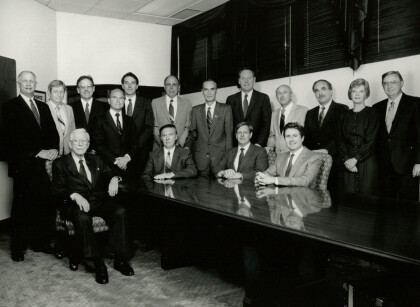
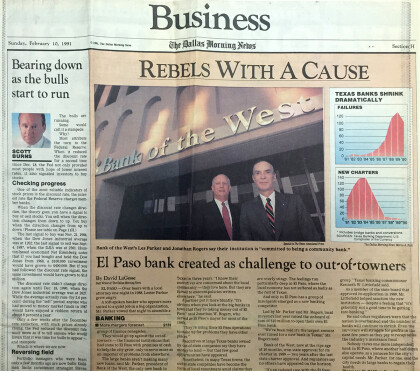
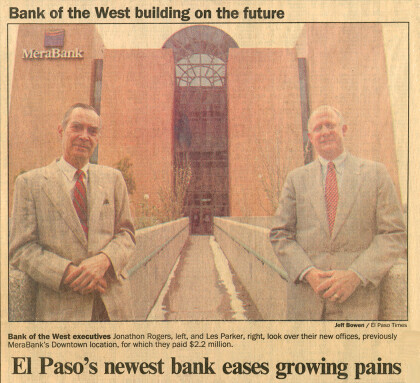
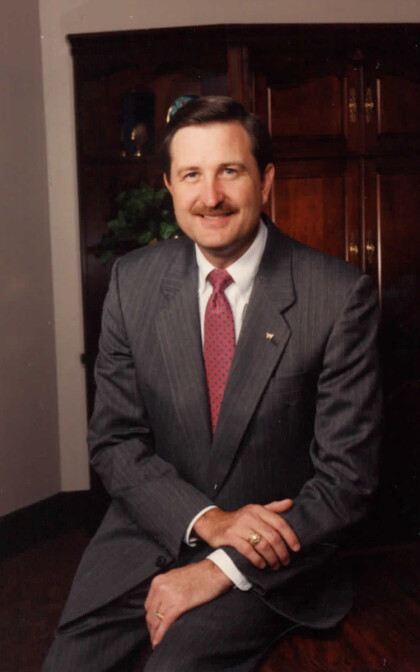
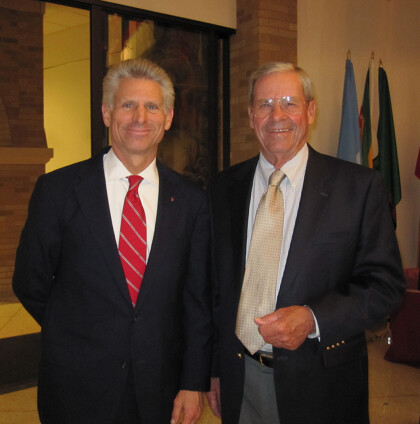
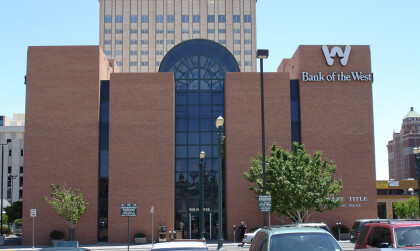
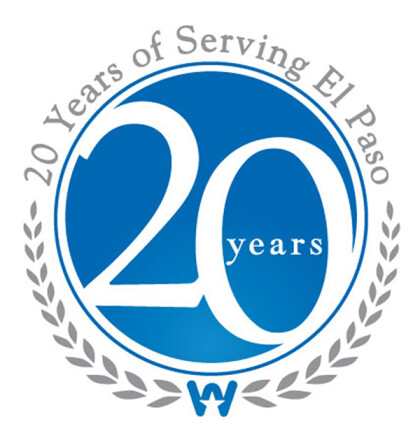







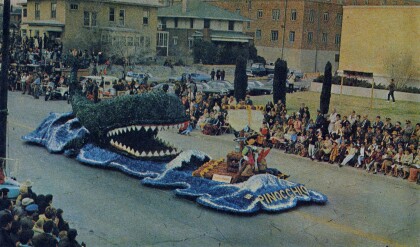
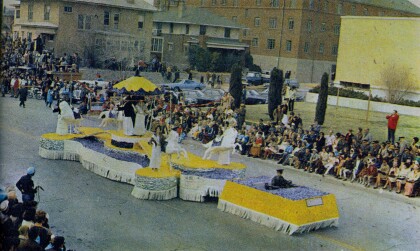
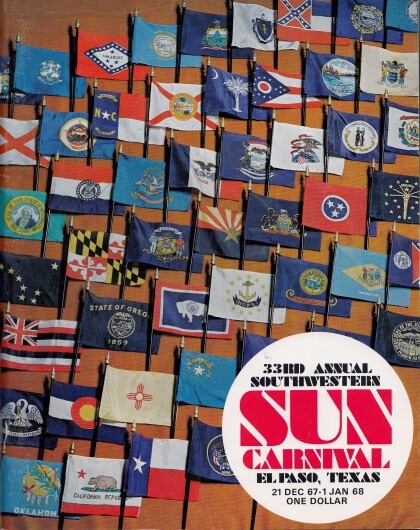
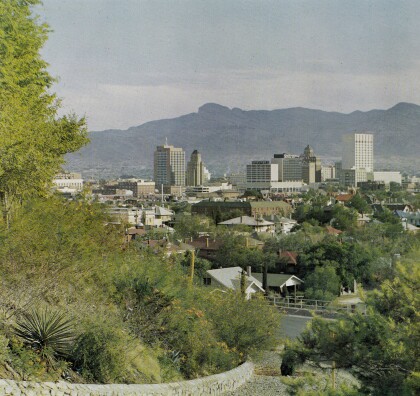
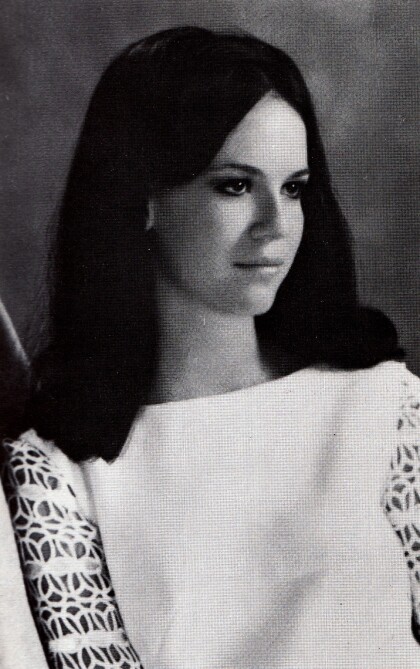
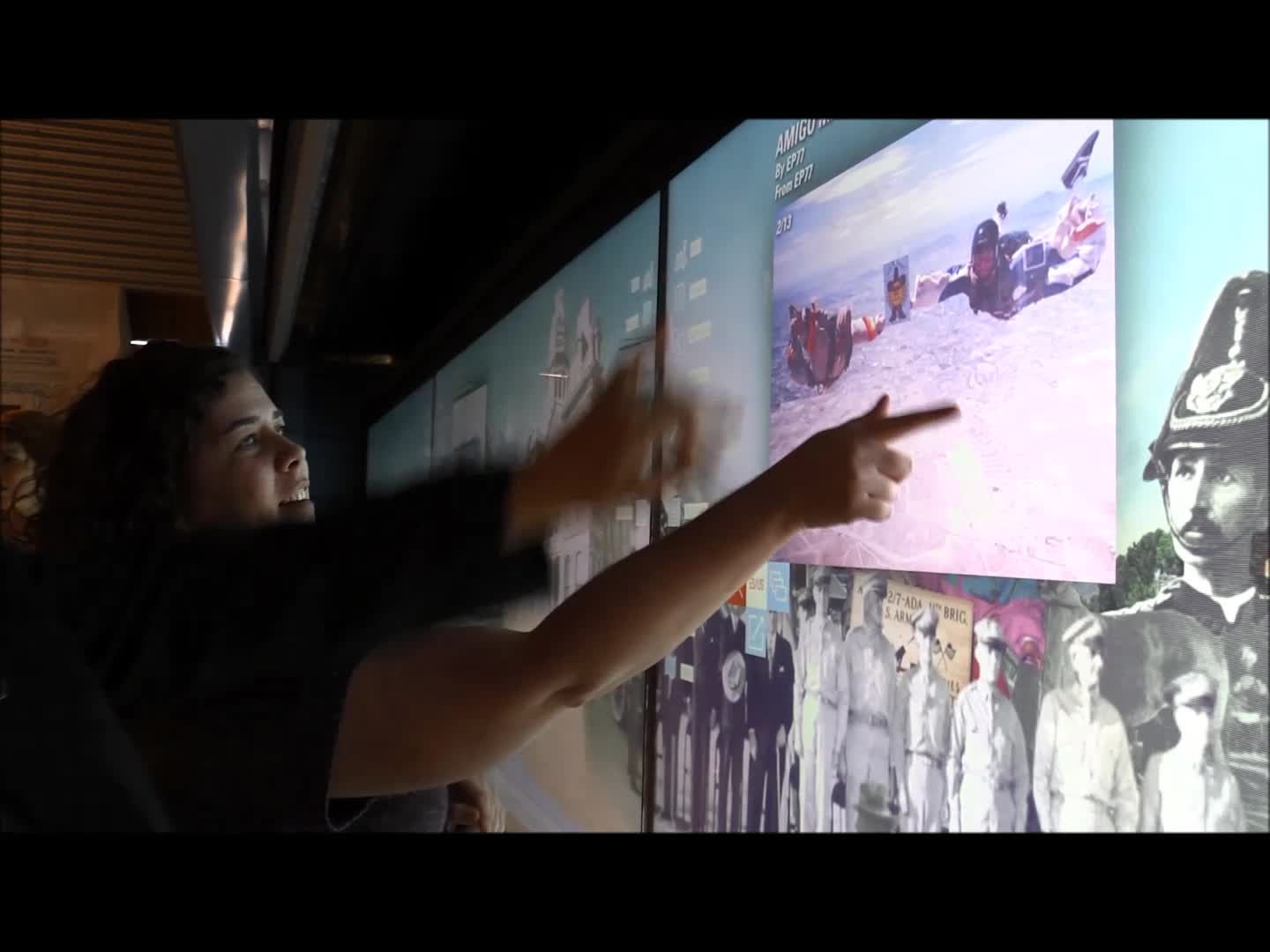
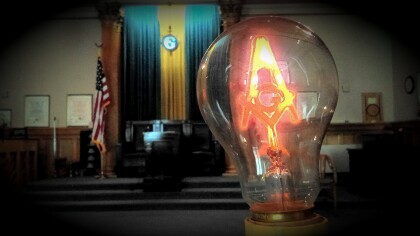

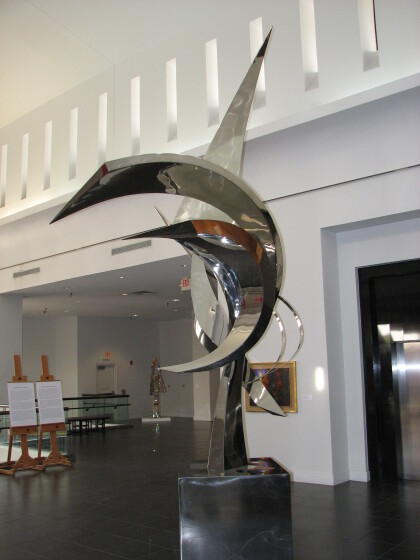
Comments
Add a comment